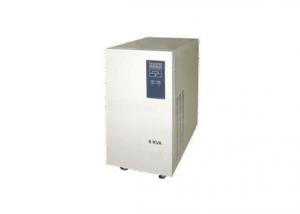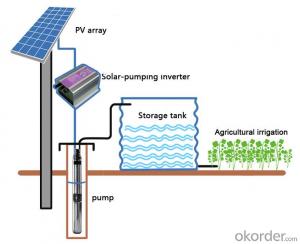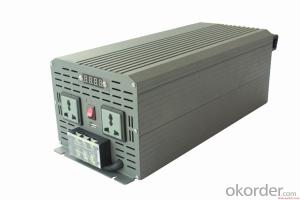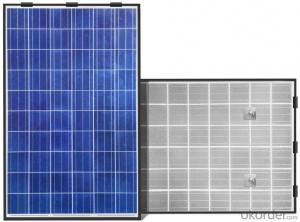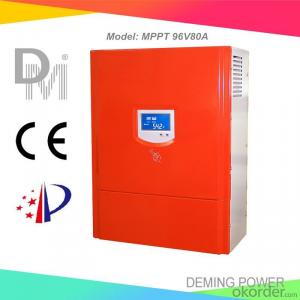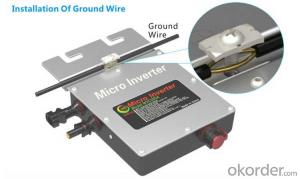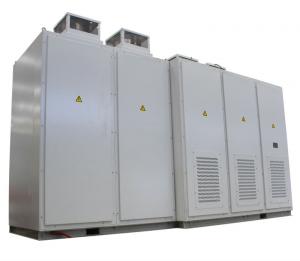Hybrid Solar Inverter 10kw
Hybrid Solar Inverter 10kw Related Searches
Solar Inverter Hybrid 10kw 10kw Hybrid Solar Inverter 10kw Solar Hybrid Inverter 10 Kw Hybrid Solar Inverter 10 Kva Hybrid Solar Inverter 10kva Solar Hybrid Inverter Solar Inverter 10kw 10kw Solar Inverter Solar Power Inverter 10kw 10kw Solar Power Inverter 10kw Inverter Solar Solar Inverter 10 Kw 10kv Solar Inverter Solar Inverter 10kva 10kva Solar Inverter 10 Kva Solar Inverter Solar Edge Inverter 10kw 10k Solar Inverter 10kw Solar Edge Inverter Best 10kw Solar Inverter 10kva Inverter Solar System On Grid Solar Inverter 10kw 10kw 3 Phase Solar Inverter Abb 10kw Solar Inverter 10000w Solar Inverter Solar Inverter 10kw Price Off Grid Solar Inverter 10kw 10000w Solar Power Inverter 10000 Watt Solar Inverter Solar Power Inverter 10000wHybrid Solar Inverter 10kw Supplier & Manufacturer from China
Hybrid Solar Inverter 10kw is a high-performance solar power conversion device designed to efficiently manage the energy generated by solar panels. It is engineered to optimize energy output by combining both solar and battery power, providing a reliable and eco-friendly power source for various applications.The Hybrid Solar Inverter 10kw is widely used in residential, commercial, and industrial settings where a stable and sustainable energy supply is required. It is particularly beneficial in off-grid and grid-tied systems, where it can store excess solar energy in batteries for later use, ensuring a continuous power supply even during periods of low sunlight or at night. This product is also ideal for backup power systems, as it can quickly switch between solar and battery power to maintain a consistent energy flow.
Okorder.com is a reputable wholesale supplier of Hybrid Solar Inverter 10kw, offering a vast inventory of this product to cater to the growing demand for sustainable energy solutions. With a commitment to quality and customer satisfaction, Okorder.com ensures that each Hybrid Solar Inverter 10kw is thoroughly tested and meets the highest industry standards before being shipped to customers worldwide.
Hot Products



